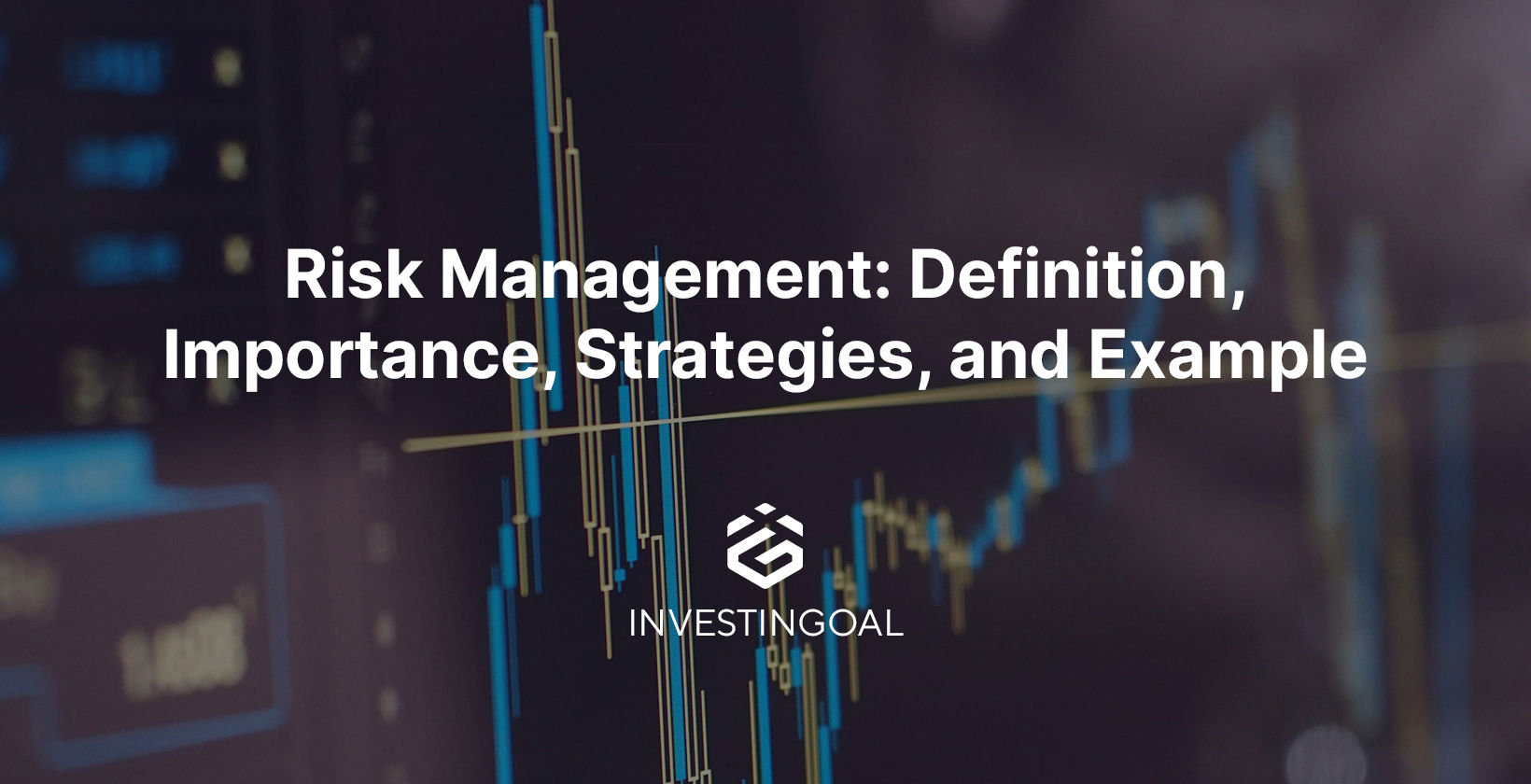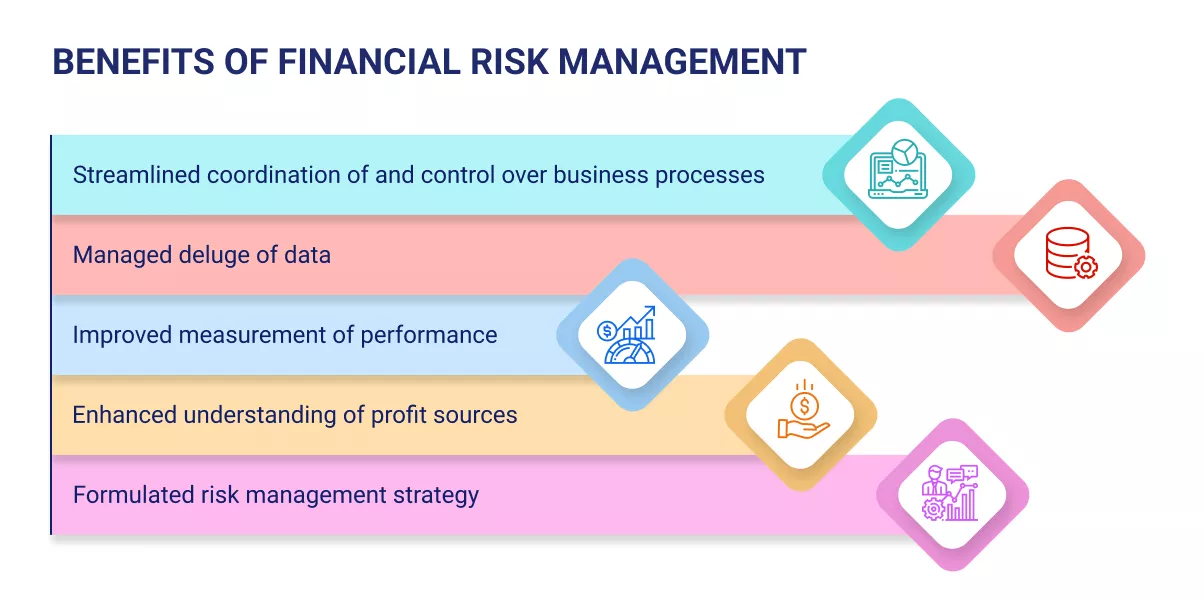Exploring the Value of Risk Management for Effective Decision-Making Strategies
In the intricate world of company, Risk Management emerges as a crucial factor in the decision-making process. The capability to identify possible dangers and chances, and plan as necessary, can lead to the distinction between success and failing. With tools such as SWOT and PESTEL, companies are geared up to make educated selections, cultivating resilience and flexibility in an ever-changing environment. Wondering just how this works? Let's unload the characteristics further.
Comprehending the Idea of Risk Management
Risk Management, an important component in decision-making, is frequently misconstrued or oversimplified. Typically, it describes the recognition, evaluation, and prioritization of dangers to decrease, keep an eye on, and regulate the probability or effect of regrettable events. It's not just regarding avoiding negative outcomes, however additionally regarding identifying possible chances. Risk Management involves self-displined and organized techniques, making use of data and insightful analyses. It calls for a detailed understanding of the organization's context, goals, and the potential dangers that could combat them. From financial unpredictabilities, lawful responsibilities, tactical Management mistakes, to mishaps and natural calamities, it attends to various threats. Notably, reliable Risk Management is not stagnant; it's a continuous, positive process that advances with changing conditions.
The Duty of Risk Management in Decision-Making Processes
In the realm of strategic planning and service procedures, Risk Management plays an integral duty in decision-making processes. It aids in recognizing prospective risks and unpredictabilities that could affect the success of organization objectives. By tracing these risks, business can create techniques to reduce their effect, ensuring company connection and security. Risk Management therefore ends up being a crucial tool in decision-making, assisting leaders to make educated choices based on a thorough understanding of the risks entailed. It urges a proactive strategy, enabling companies to expect and prepare for feasible future scenarios. This significantly lowers the likelihood of adverse consequences, promoting much more efficient and effective decision-making strategies. Risk Management offers as a vital part in the decision-making processes of any company.

Just How Risk Management Enhances Strategic Preparation
In the context of tactical planning, Risk Management plays an essential role. Starting with the identification of possible risks, it even more includes the implementation of Risk mitigation actions. The function of Risk Management is not static but vibrant, as it demands constant monitoring and adjusting of techniques.
Identifying Possible Threats

Executing Risk Mitigation
Having developed the value of determining potential dangers, the following action is to discover Risk reduction. This process entails developing and implementing methods to handle determined risks efficiently. It is an important element of critical preparation as it enhances decision-making by lessening prospective negative results. Risk reduction have a peek here approaches can range from Risk evasion, Risk transfer, to run the risk of decrease. Each approach find out ought to be customized to the specific Risk, considering its prospective impact and the organization's Risk resistance. Efficient Risk reduction requires a deep understanding of the Risk landscape and the possible influence of each Risk. This understanding allows companies to prioritize risks and assign sources effectively, making certain that one of the most significant threats are attended to first.
Surveillance and Adjusting Techniques
Though Risk reduction is an essential step in calculated preparation, continuous tracking and change of these methods is equally vital. It also offers an opportunity to evaluate the success of the Risk Management actions, allowing adjustments to be made where necessary, additional boosting strategic planning. Surveillance and changing Risk Management approaches is a vital component for enhancing an organization's strength and critical preparation.
Case Researches: Effective Risk Management and Decision-Making
On the planet of service and financing, successful Risk Management and decision-making frequently function as the columns of prosperous enterprises. One such entity is an international oil firm that reduced financial loss by hedging against changing oil rates. In one more instance, a tech start-up flourished by identifying and accepting high-risk, high-reward methods in an unpredictable market. A global bank, encountered with governing unpredictabilities, effectively browsed the situation via positive Risk assessment and vibrant decision-making. These cases highlight the worth of sharp Risk Management in decision-making procedures. It is not the lack of Risk, yet the Management of it, that typically differentiates effective companies from not successful ones. These cases underscore the crucial duty of Risk Management in calculated decision-making. importance of risk management.
Tools and Strategies for Effective Risk Management
Browsing the complex maze of Risk Management requires the ideal set of devices and strategies. These devices, such as Risk registers and warm maps, aid in recognizing and examining prospective risks. Strategies include both quantitative approaches, like level of sensitivity analysis, and qualitative methods, such as SWOT analysis. These help in prioritizing risks based on their prospective effect and possibility. Risk reaction strategies, a crucial component of Risk Management, include accepting, preventing, transferring, or mitigating dangers. Surveillance and managing risks, with normal audits and testimonials, ensure that the strategies stay effective. With these strategies and devices, decision-makers can navigate the facility landscape of Risk Management, consequently facilitating notified and effective decision-making.
Future Trends in Risk Management and Decision-Making Strategies
As we explore the huge landscape of Risk Management, it comes to be apparent that the methods and devices utilized today will certainly continue to evolve. The concept of Risk society, where every participant of an organization is conscious and included in Risk Management, will obtain more prestige. These patterns proclaim a more inclusive and positive method useful site in the direction of Risk Management and decision-making.
Final thought

Risk Management therefore ends up being an essential device in decision-making, aiding leaders to make informed selections based on an extensive understanding of the threats included. Risk mitigation approaches can vary from Risk evasion, Risk transfer, to take the chance of reduction (importance of risk management). Efficient Risk reduction requires a deep understanding of the Risk landscape and the possible effect of each Risk. Risk action techniques, a vital part of Risk Management, involve accepting, preventing, moving, or mitigating threats. The principle of Risk society, where every participant of a company is mindful and involved in Risk Management, will certainly gain extra prominence